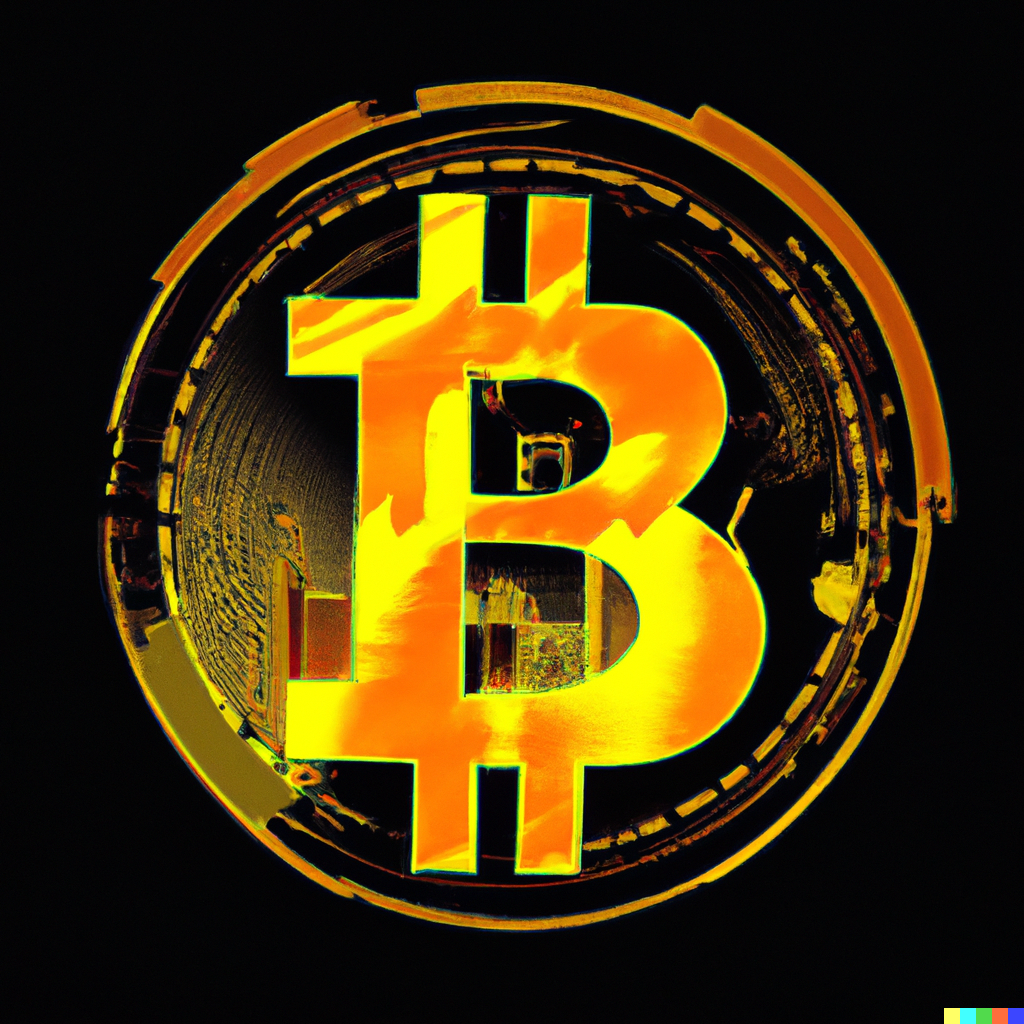August 07 | Non-Fungible Tokens NFT

In recent years, Non-Fungible Tokens (NFTs) have emerged as a revolutionary concept in the digital world, transforming the way we perceive ownership and value. From digital art to virtual real estate, NFTs are creating new opportunities for creators and collectors alike. This article will delve into the intricacies of NFTs, explaining what they are, how they work, their applications, and the challenges they present.
At their core, NFTs are digital assets that represent ownership of a unique item or piece of content. Unlike cryptocurrencies such as Bitcoin or Ethereum, which are fungible (meaning each unit is identical and can be exchanged on a one-to-one basis), NFTs are non-fungible. This means each NFT has a distinct value and cannot be exchanged on an equivalent basis with another NFT.
NFTs are built on blockchain technology, typically using the Ethereum blockchain. This technology ensures that each NFT is unique, traceable, and immutable. The blockchain ledger records the creation, transfer, and ownership of each NFT, providing a transparent and secure way to verify authenticity.
NFTs are created through a process known as minting, where a digital file is converted into a digital asset on the blockchain. This digital file could be anything from an image, video, or audio file to a piece of virtual real estate or a digital collectible.
Minting: The process begins with the creation of a smart contract on a blockchain platform like Ethereum. This smart contract contains the details of the NFT, including its uniqueness, ownership, and metadata.
Tokenization: The digital file is then tokenized, meaning it is assigned a unique identifier on the blockchain. This identifier ensures that the NFT is one-of-a-kind.
Ownership and Transfer: Once minted, the NFT can be bought, sold, or traded on various NFT marketplaces. The blockchain records every transaction, ensuring a transparent and tamper-proof history of ownership.
NFTs have found applications across various industries, revolutionizing the way digital content and assets are created, distributed, and owned. Some of the key applications include:
Digital Art: NFTs have opened up new avenues for artists to monetize their work. Digital art can be tokenized and sold directly to collectors, eliminating the need for intermediaries like galleries.
Gaming: In the gaming industry, NFTs are used to represent in-game assets such as characters, skins, and virtual real estate. These assets can be bought, sold, and traded among players, creating a vibrant secondary market.
Virtual Real Estate: Platforms like Decentraland and Cryptovoxels allow users to buy, sell, and develop virtual land. Each plot of land is represented by an NFT, giving owners full control over their virtual property.
Collectibles: NFTs are also popular in the world of digital collectibles. From virtual trading cards to unique digital memorabilia, collectors can own and trade rare digital items.
Music and Entertainment: Musicians and entertainers are using NFTs to release exclusive content, such as albums, concert tickets, and behind-the-scenes footage. This allows fans to own a piece of their favorite artist’s work.
While NFTs offer numerous benefits and opportunities, they are not without challenges and criticisms. Some of the key issues include:
Environmental Impact: The minting and transaction of NFTs on blockchain networks like Ethereum require significant computational power, leading to high energy consumption and environmental concerns.
Market Speculation: The NFT market is often criticized for being driven by speculation, with some NFTs selling for exorbitant prices. This has led to concerns about market bubbles and the long-term sustainability of the NFT market.
Intellectual Property Issues: The ownership of an NFT does not necessarily grant the buyer intellectual property rights to the underlying content. This has led to disputes and legal challenges over the misuse of digital assets.
Accessibility: While NFTs provide new opportunities for creators, the costs associated with minting and selling NFTs can be prohibitive for some artists, limiting accessibility and inclusivity.
Despite the challenges, the future of NFTs looks promising. As blockchain technology evolves and becomes more energy-efficient, the environmental impact of NFTs is expected to decrease. Additionally, as the market matures, we can anticipate more regulation and standards to address issues related to intellectual property and market speculation.
NFTs have the potential to revolutionize numerous industries, providing new ways for creators to monetize their work and for collectors to own unique digital assets. As technology and market dynamics continue to evolve, NFTs are likely to remain a significant and transformative force in the digital economy.
Non-Fungible Tokens are more than just a passing trend; they represent a fundamental shift in how we think about ownership, value, and digital assets. Whether you’re an artist, a gamer, a collector, or simply curious about the digital world, understanding NFTs is crucial to navigating the future of the digital economy. As with any emerging technology, it’s essential to stay informed and critically evaluate both the opportunities and challenges that NFTs present.
SHARE THIS:
© Copyright 2025Global Tech AwardsAll Rights Reserved